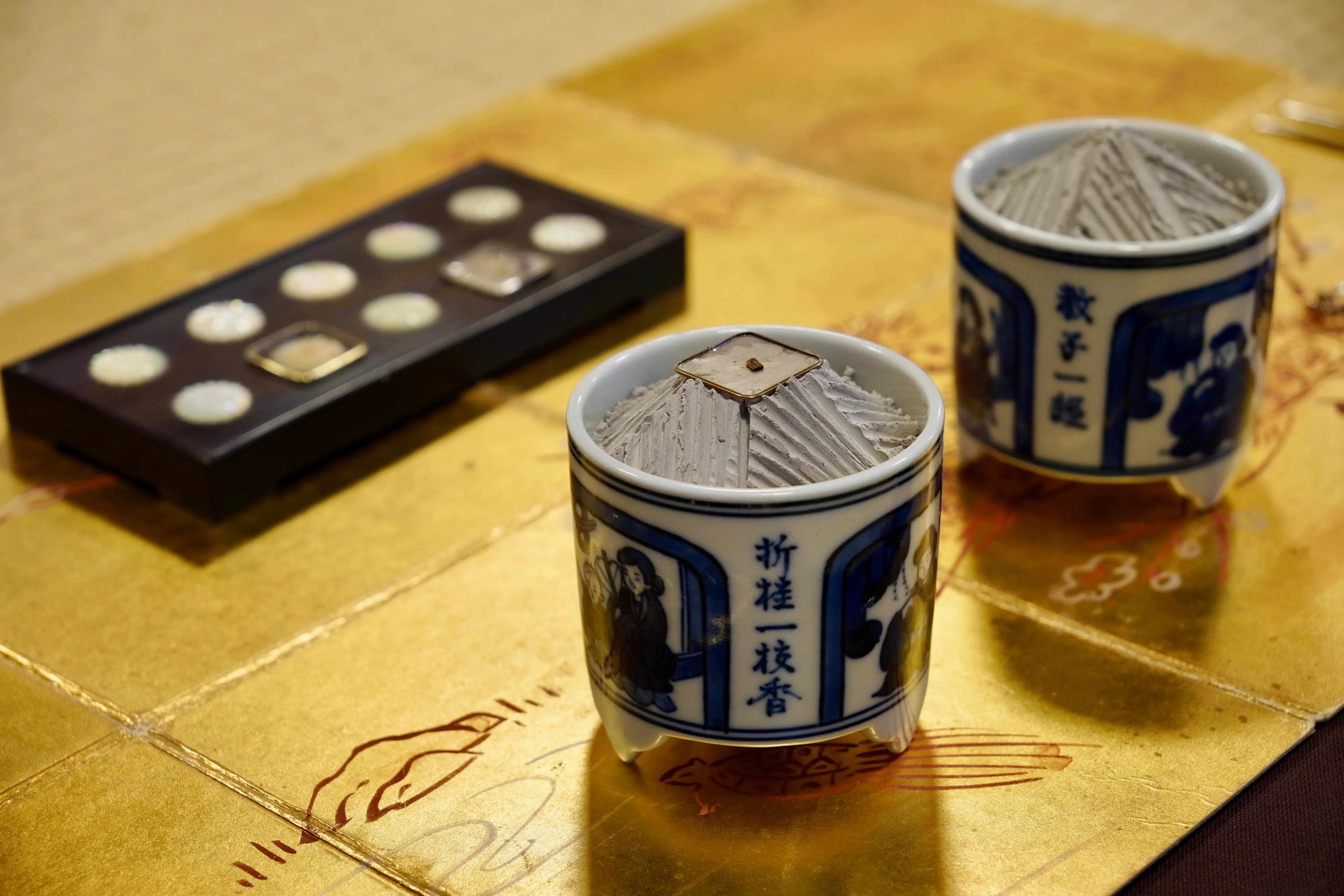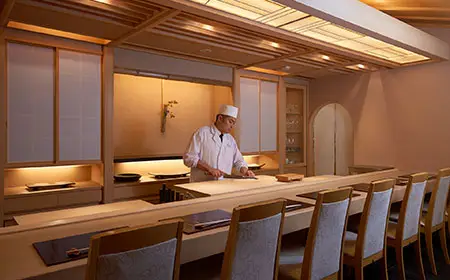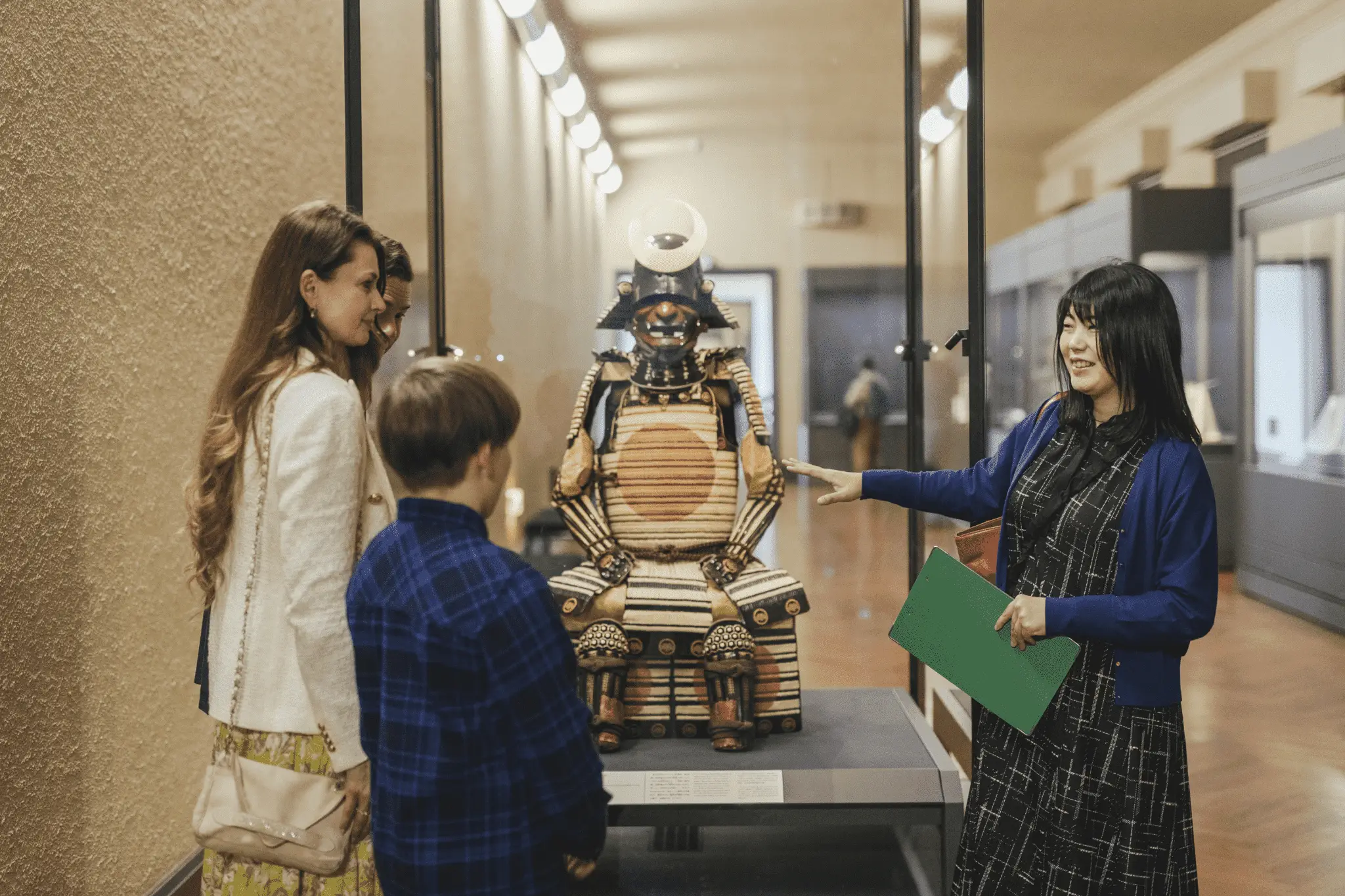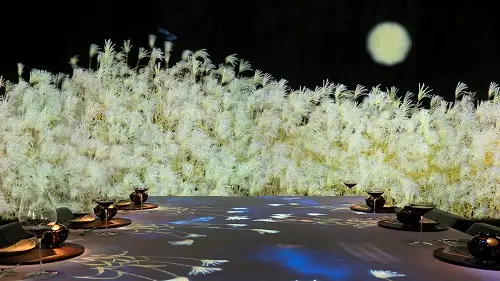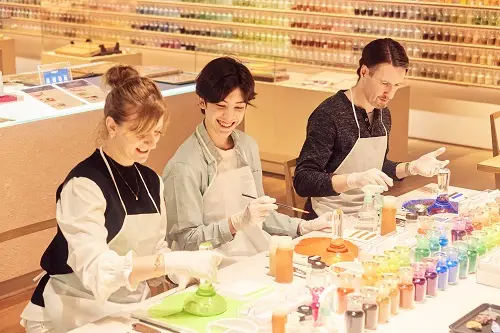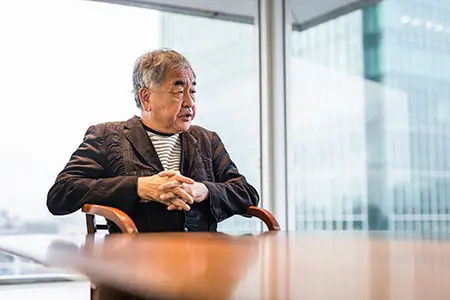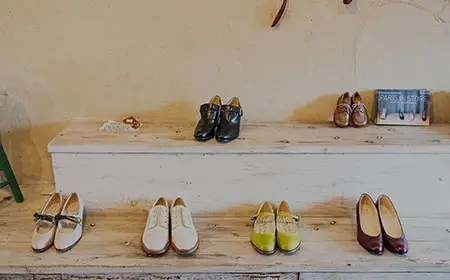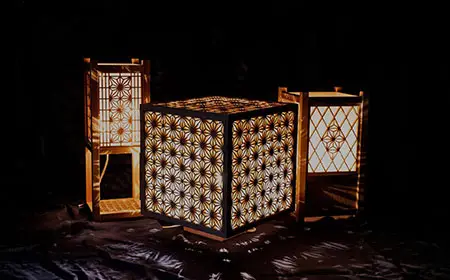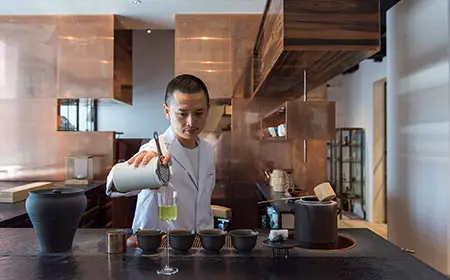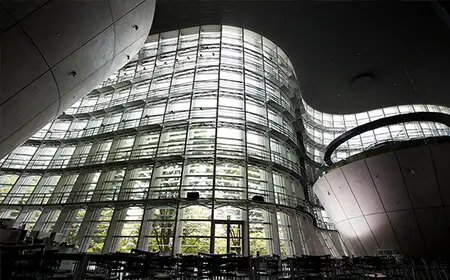
EXPLORE THE FASCINATING WORLD OF JAPANESE ANTIQUES
In recent years, Japan has seen a growing interest among foreign visitors in Japanese swords and armor, perhaps owing to successful streaming series such as Shogun.In response to the rising popularity of samurai culture, even the British Museum is planning a samurai-themed exhibition next spring. In the Tokyo neighborhoods of Kyobashi and Nihombashi, antique shops —dealing not only in swords but also in a wide range of treasures created over thousands of years of Japanese history, from ancient artifacts to items from the modern era — are already waiting to welcome collectors from overseas.
October 2025
Tokyo’s Antiques Street
East of the Imperial Palace, just past the inner circle of Marunouchi and Tokyo Station, lies Higashi Naka-dori Street also known as Kotto-dori, or Antiques Street. It stretches roughly one kilometer between Kyobashi Station to the south and Nihombashi Station to the north. Within close proximity to the Edo-period (1603-1867) castle, this ancient district was once inhabited by top-tier merchants and loyal master artisans who directly served the samurai class.
Before the Meiji period (1868-1911), Japan had no concept of what many would consider art. But the Edo period was a long and peaceful era, when nobles had plenty of time to develop rituals and manners, along with their accessory tools and instruments, in addition to decorative objects for harmonious interior design. Most of these finely crafted items were stored in old merchant houses and shops in this same neighborhood.
 Even scattered over the years by paradigm-shifting events such as the Meiji Restoration, wars, earthquakes and other natural disasters, many more of these precious artifacts of a rich and sophisticated society have been found, collected and preserved. Today, most of them are in the loving care of more than a hundred antique shops located between Kyobashi and Nihombashi.
Even scattered over the years by paradigm-shifting events such as the Meiji Restoration, wars, earthquakes and other natural disasters, many more of these precious artifacts of a rich and sophisticated society have been found, collected and preserved. Today, most of them are in the loving care of more than a hundred antique shops located between Kyobashi and Nihombashi.
Popular Japanese Antiques
Unlike in Western societies, where antiques have traditionally been appreciated by wealthier social classes, Japan has a long-standing culture of antiques being collected and cherished by people from a wide range of social backgrounds. As a result, antiques in Japan are remarkably diverse in both type and price.
And due to Japan’s centuries-old tradition of treasuring and adapting cultural elements from overseas (as with Buddhism, Chinese characters, or porcelain, for example) antiques in Japan often include objects from other countries, making their range even broader and more eclectic.

Among foreign visitors to Japan, some of the most popular Japanese antiques are: swords, which can be traced very precisely to the original artisan and their previous owners; ukiyo-e, where iconic Hokusai paintings and prints have fetched record prices at auction; netsuke and inrou, tiny boxes made of various materials (stone, wood, ivory) often decorated with auspicious animals.

For many antique dealers and collectors, the primary virtue of an antique is its authenticity, or how “natural” it is to its original era. Developing an eye for this quality is a skill that is acquired over time, and one that the owners of antique shops in Kyobashi and Nihombashi have cultivated for specialized markets.
Mayuyama & Co., Ltd.
Housed in a stately corner building at the southern end of Kotto-dori, Mayuyama & Co., Ltd. is one of the oldest and most respected galleries in Japan’s antiques community.
Mayuyama’s origin is rooted in the “art appreciation” movement that emphasized appreciating the aesthetic qualities of artifacts rather than the beauty of functional objects, such as tea utensils, that were once mainstream artifacts in Japan. The founder, Matsutaro Mayuyama, was one of the key figures in the shift in art appreciation and established the gallery at the height of this movement in Japan. He opened the gallery in Ginza in 1916, then moved to the current Kyobashi premises in 1920.
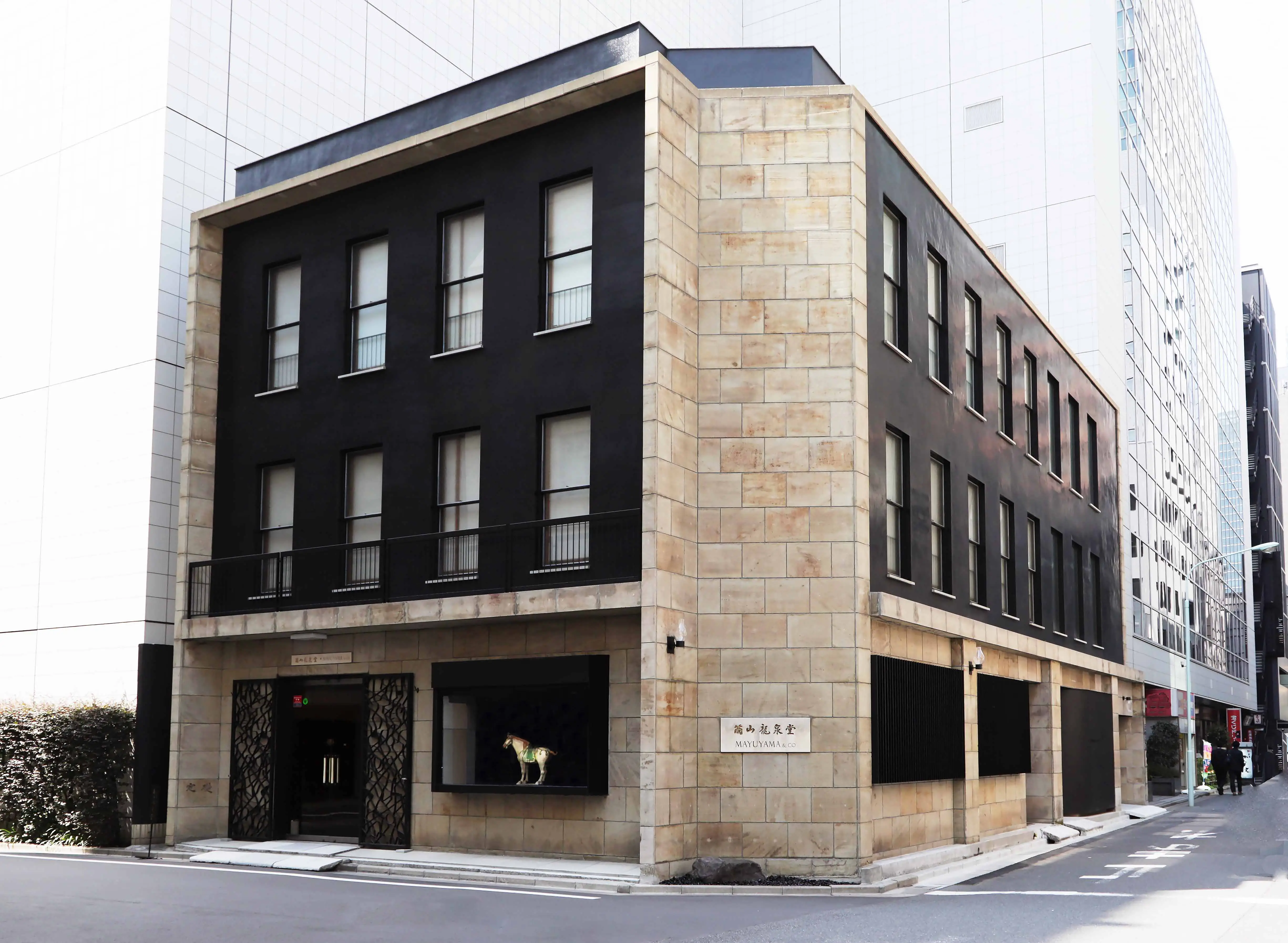
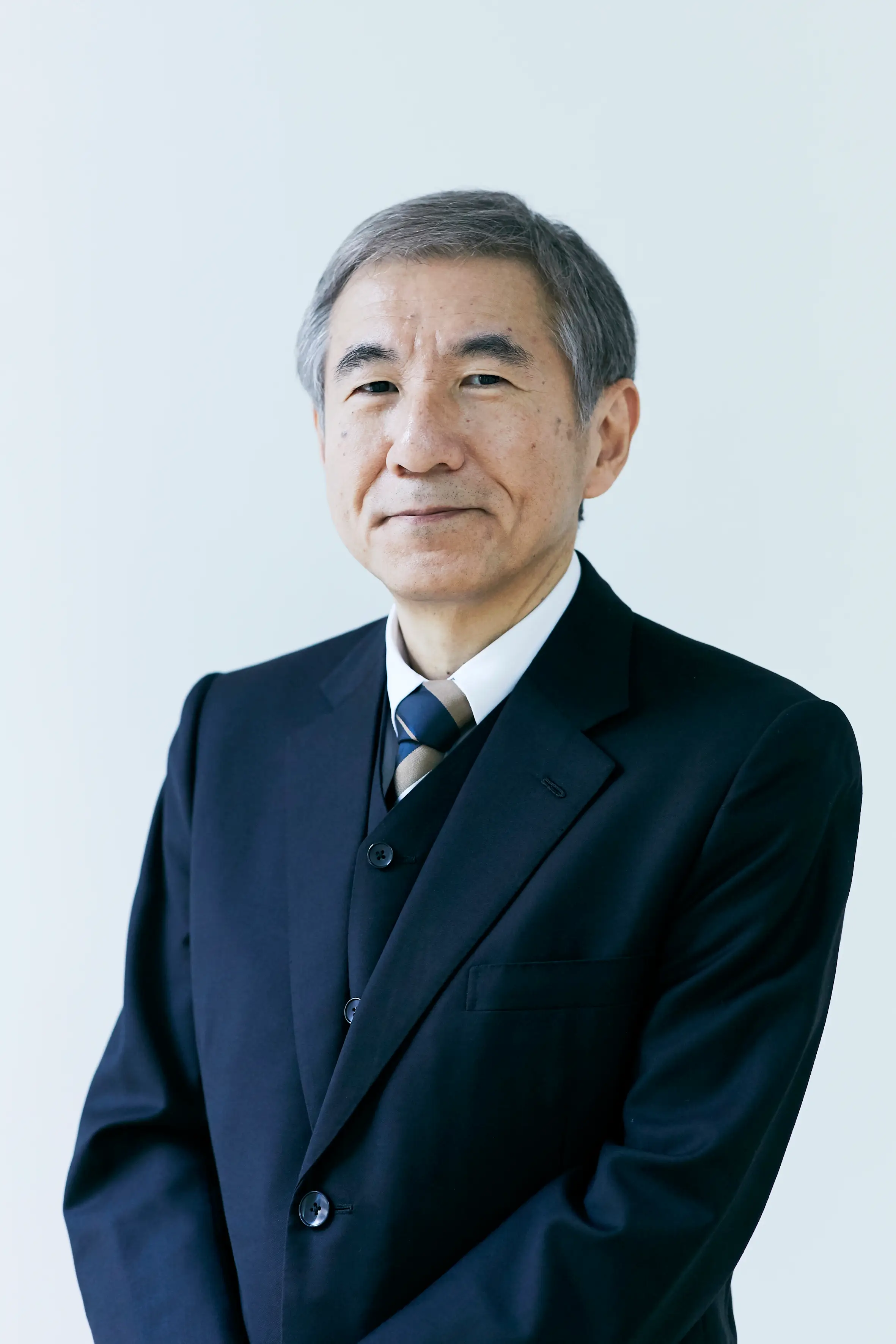
After World War II, Japan’s wealthy elite began building large-scale art collections and Mayuyama & Co., Ltd. played a key role as a trusted partner for them in acquiring outstanding works from around the world. Today, the gallery specializes primarily in Chinese art, including ceramics, bronzes and Buddhist sculptures.
“Whether Japanese or Chinese, these works of art carry the atmosphere of the era in which they were created,” affirms Mayuyama’s sixth President, Tadashi Kawashima. “True antiques having endured for hundreds or even thousands of years possess an unforced sense of age – a natural aura that reflects their history.”
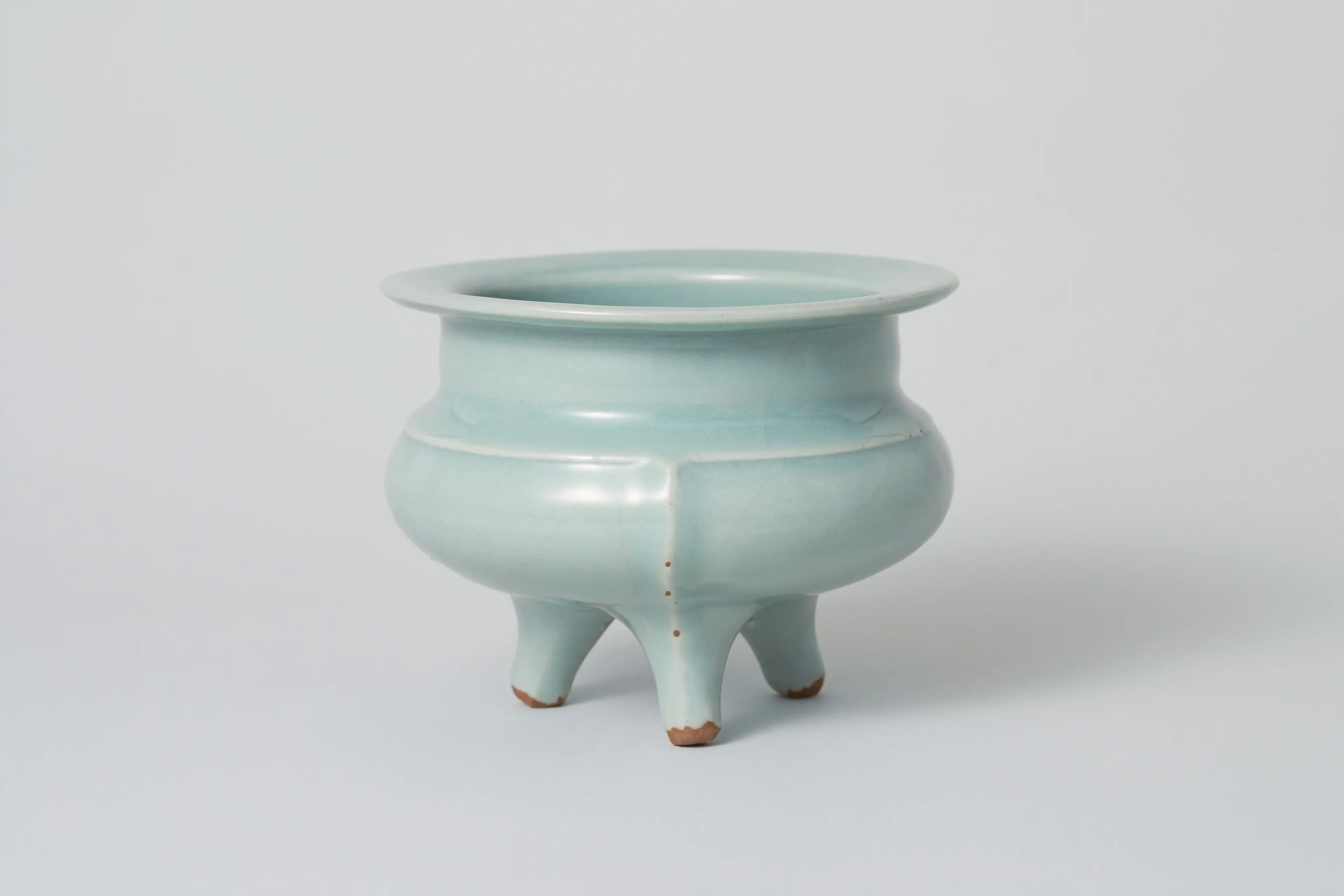
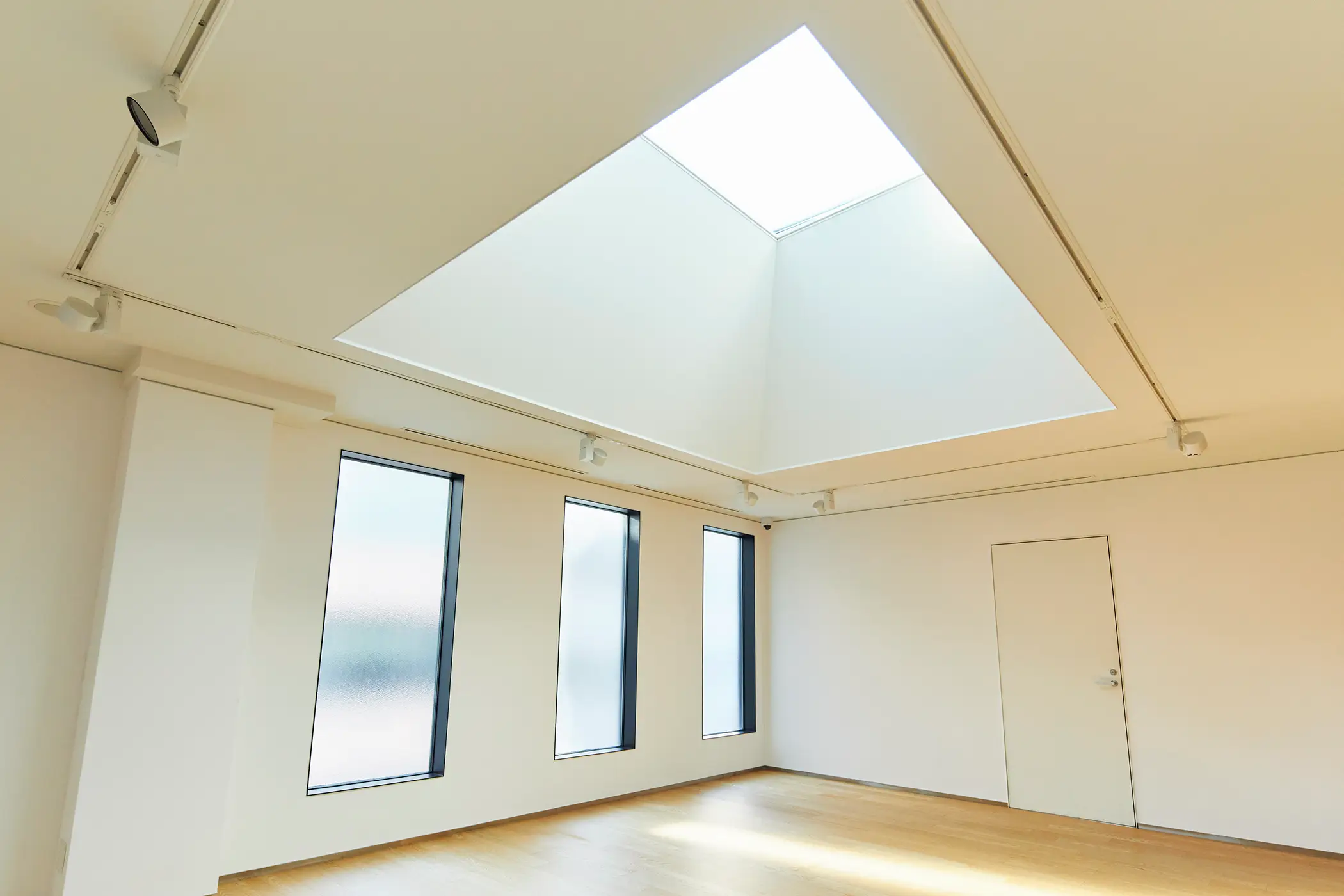
Mayuyama & Co., Ltd. also operates RYUSENDO GALLERY, located adjacent to its premises, which specializes in contemporary art.
Asahi Art
Further up the street, the more boutique Asahi Art inhabits an open gallery exhibiting exquisite small objects. In one corner of the room, the framed signatures of all four Beatles are displayed behind the CD-size album cover of Abbey Road. Although the English band members’ visit to the shop in the 1960s was before Asahi’s current owner, Shotaro Fujishiro, was born, he remains proud of that moment when his parents welcomed the legendary musicians.
After the war, they went overseas to purchase antiques such as Persian pottery, which they introduced to Japan. The company now specializes in maki-e gold-leafed lacquerware boxes, as well as inrou, traditional pill cases used in Japan, and netsuke. Fujishiro remains committed to connecting collectors with precious objects that they will treasure for a long time to come. “What’s remarkable is that many customers have a natural ability to recognize quality,” he observes.
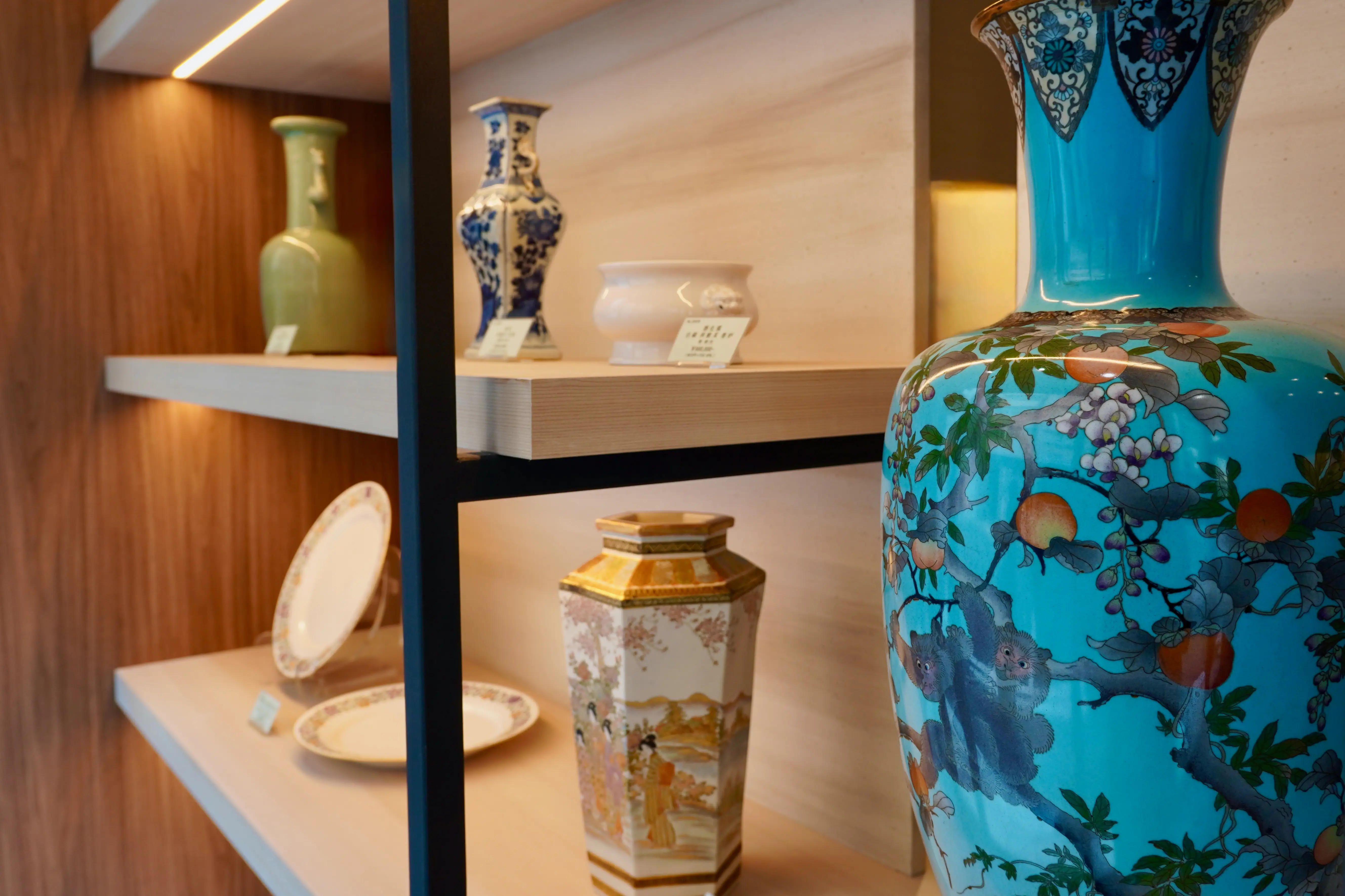
Me No Me
With both an overview of the industry and a discerning eye for detail, the Japanese antiques magazine Me No Me has been published since 1977 and is now firmly based in Kotto-dori. The president and editor-in-chief of the publication are a married couple with excellent and long-standing ties to Tokyo’s Japanese antique network. They can provide expert guidance to foreign visitors, from curious beginners to serious collectors, who wish to gain a more professional insight into this fascinating world.
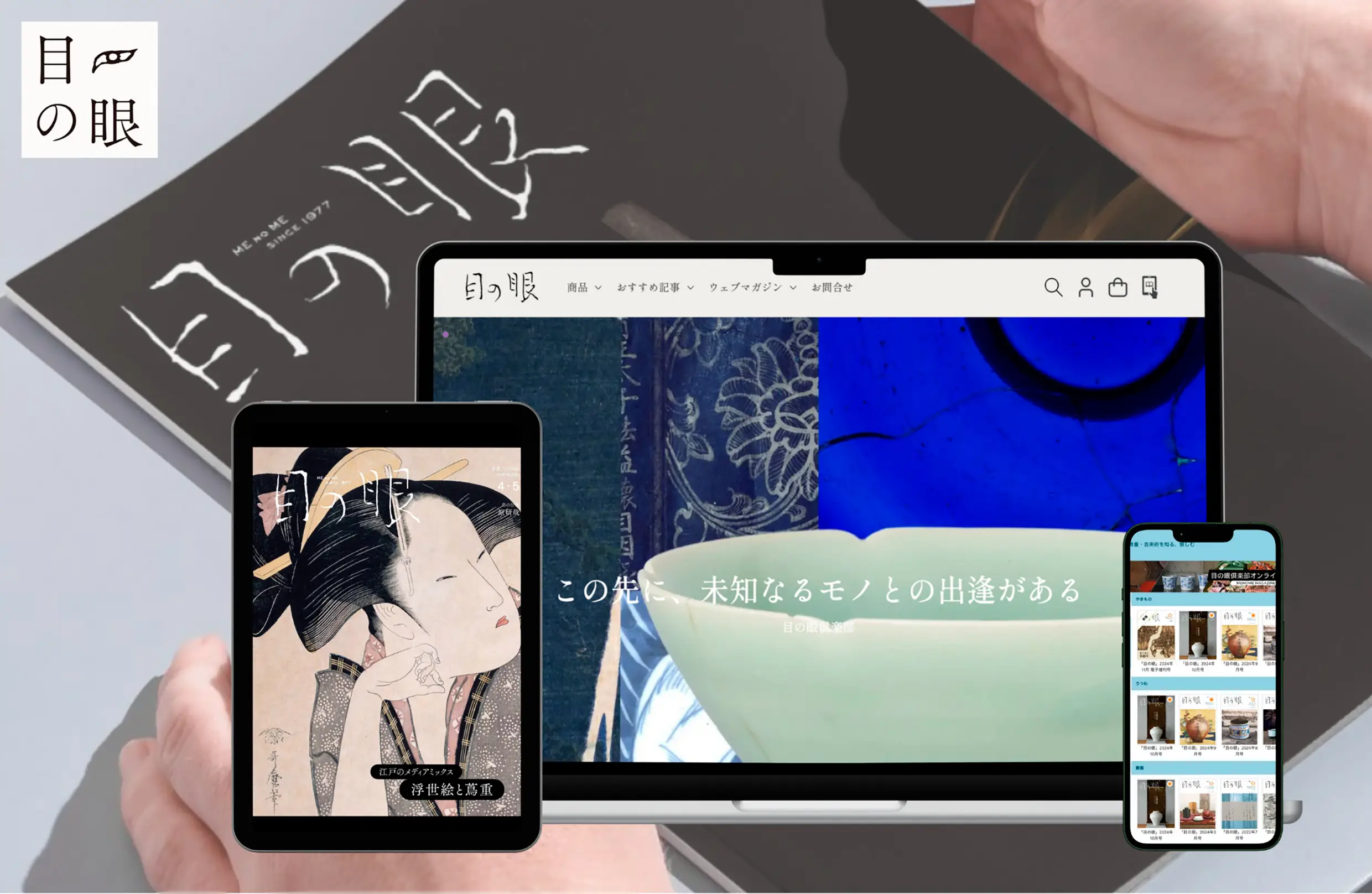
Editor-in-chief Takehide Ito points out that for centuries, the Japanese archipelago has been on the receiving end of treasures from China and trade routes, accepting these gifts from overseas before customizing them into uniquely Japanese art.
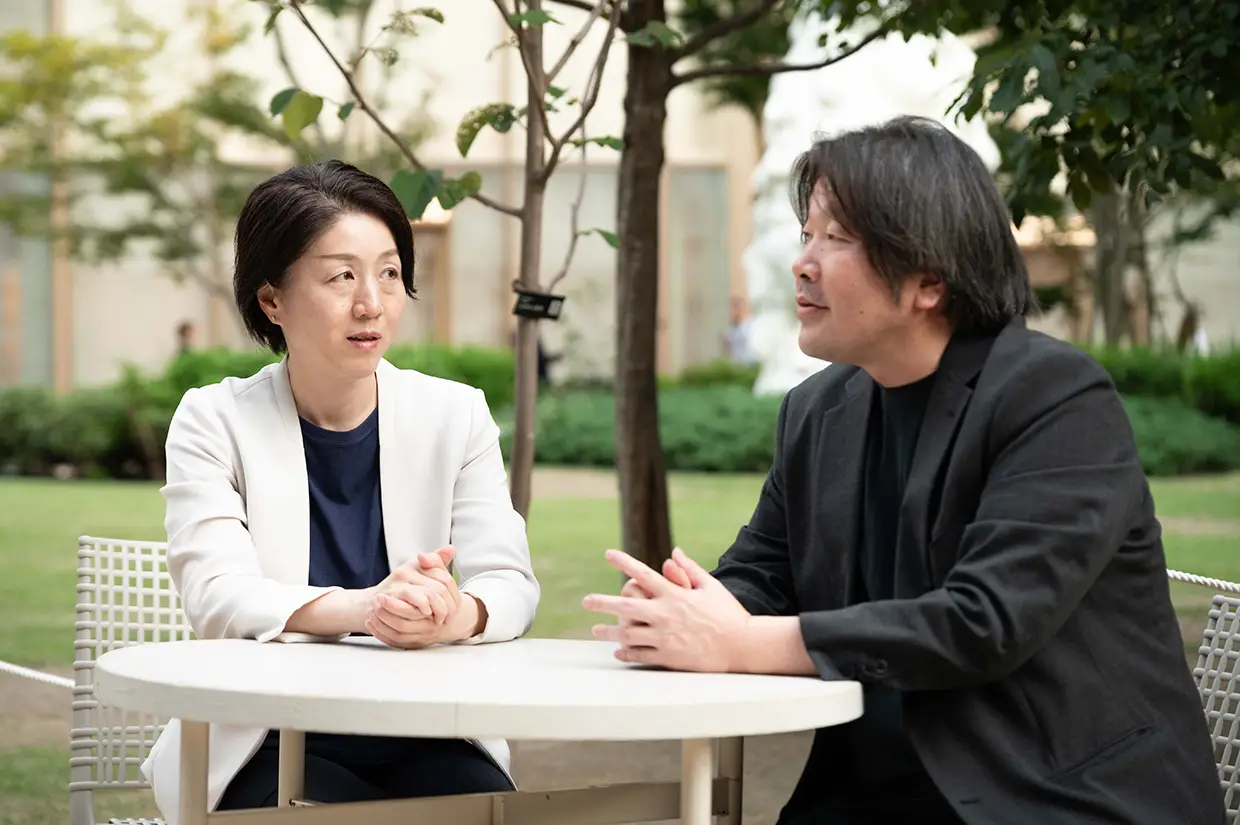
“There is a Japanese concept of antique appreciation known as densei, where items are cherished and lovingly passed down through the generations, from one enthusiast to another,” he says. “This tradition reflects a distinctive approach to antiques in Japan—one that emphasizes preservation, personal attachment, and cultural continuity.”
Learn more about Mayuyama & Co., Ltd. Official Website / Official Instagram
Learn more about Me No Me Official Website / Website for overseas users
Inquiry: info@menomeonline.com







